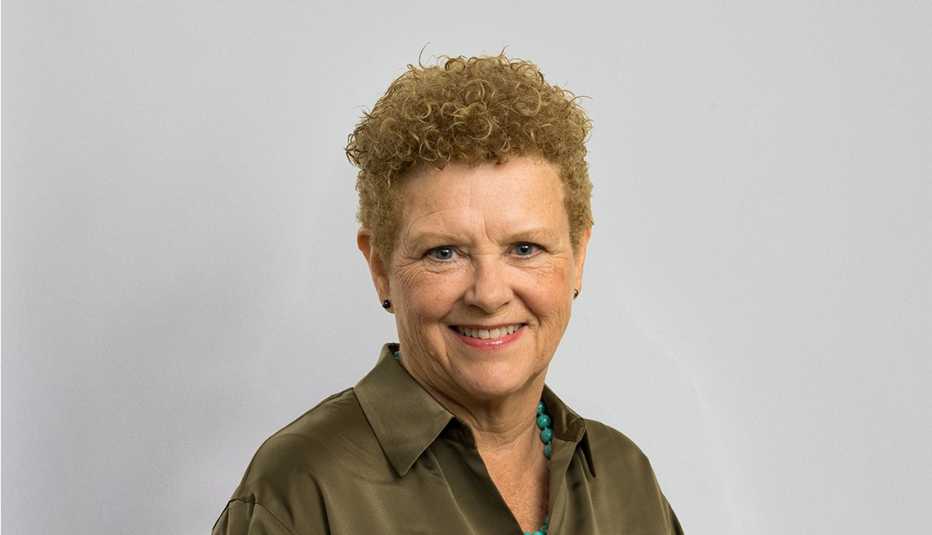AARP Hearing Center


I cofounded Lifetime Arts in 2008 to support creative aging by promoting the inclusion of arts learning programs in organizations that serve older adults. By preparing teaching artists to work with older learners, and by fostering lifelong learning opportunities through the arts in community programs, we aim to shift cultural views about aging. Since then, we have supported more than 850 creative aging programs in 42 states and the demand continues to increase. In 2023 alone, we are working with 25 art museums and 65 public libraries across the U.S.
The problem I’m trying to solve
Nationally, we are experiencing a permanent demographic shift toward an older population. Government, social service, arts and community agencies acknowledge that they need help improving services and programming for older adults. The biggest obstacle is systemic ageism. There’s also insufficient information about longevity and aging, and a lack of appropriate, responsive arts programming for older adults that engages older adult learners.
Older adults are especially at risk for social isolation. Creative aging programs intrinsically provide a strong foundation for social relationships and they focus on the powerful role of arts engagement in enhancing quality of life for older adults. We’re talking about all arts disciplines, not just the visual. Some of our programs include performance art, dance, music, storytelling, creative writing and more.
When offered these opportunities for continued learning, older adults are serious about it. They know how to learn and they want to learn. They come to this with an attitude of “If not now, when?” We’ve had people in programs from the ages of 55 to 105.
The moment that sparked my passion
When I was in my 40s, I was a professional arts administrator and raising a family, and I became a caregiver for an elderly aunt who was smart, creative and energetic. That’s when I began to see the disconnect between the availability of thoughtful, well-designed services for older adults and who people are as humans. I saw how degrading “senior” services and institutions were toward older adults and how they isolated people from their core experiences as individuals with a history and a life fully lived.
I began to think about what I could do to help preserve vitality and joy, not only for myself as I got older but for others. I felt the need to connect what I had learned through my caregiving experience with what I knew about the benefits of arts education. In 2003, Ed Friedman, a fellow arts administrator in New York, and I learned about the emerging field of creative aging, which promotes arts engagement to support healthy aging. We saw the need for a new approach to programming for older adults, so in 2008, with little income and no staff, we cofounded Lifetime Arts.

































































More About AARP's Purpose Prize
Learn about previous winners and fellows
AARP's Purpose Prize FAQ
Read the official rules, eligibility, odds and prize disclosures